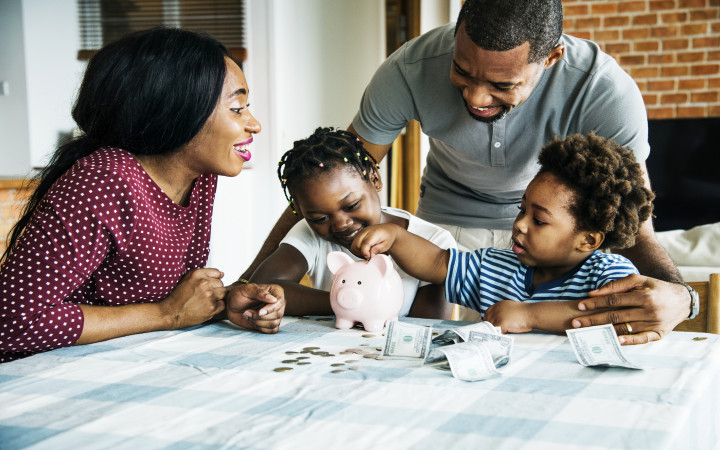Today’s Wonder of the Day was inspired by Daniel. Daniel Wonders, “When did humans start banking?” Thanks for WONDERing with us, Daniel!
Have you ever saved up for a big purchase? Maybe had your eye on a new video game, a shiny bicycle, or the latest gadget. Did you save your allowance? Do odd jobs for family members? You may have stashed your earned money away in a piggy bank until you had enough.
When you get older, you’ll probably retire that piggy bank. Most adults today keep much of their money in checking and savings accounts. Have you ever WONDERed just how long this practice has been around? When did humans start banking?
That depends on how you define “banking.” Many people trace banks back to a time before currency even existed. What did people store in banks if they weren’t yet using money? In ancient Mesopotamia, people kept valuable items in temples and palaces. Rather than money, these items often included grain, precious metals, and weapons.
In these ancient banks, people could transfer their valuables to others as payment. They did so with written receipts. Today, some people still transfer funds with the use of checks. As electronic forms of payment have become more popular, fewer people are using written checks.
Eventually, people started using coins and other forms of currency. They also separated banks from their temples and palaces. In the Middle Ages, traveling merchants used banks to store their earnings. This was easier and safer than carrying large amounts of money on long trade routes.
Today, banks continue to change. Many people still visit bank buildings to make deposits and withdrawals. However, the Internet makes it possible for a lot of banking to happen online. Some find it most useful to control their bank accounts from a smartphone app. They can even pay for goods and services from a phone instead of carrying cash, cards, or checks. There are even digital currencies nowadays.
With so many options, opening a bank account can seem overwhelming. When you’re old enough to start your own account, learn as much as you can about your options. Do your own research online. It also helps to ask friends and family members for advice. It’s important to choose a bank or credit union you can trust.
Once you choose the right bank, it’s time to open your account. You’ll need to bring a picture ID as well as a first deposit with you. Be ready to learn a lot about the bank’s rules—and don’t be afraid to ask questions!
Banking has been part of human history for thousands of years. Do you have a method for saving and storing money? If not, talk to an adult family member today about how you can start. It’s never too early to learn!
Standards: CCRA.L.3, CCRA.L.6, CCRA.R.1, CCRA.R.2, CCRA.R.4, CCRA.R.10, CCRA.SL.1, CCRA.SL.2, CCRA.W.2, CCRA.L.1, CCRA.L.2




